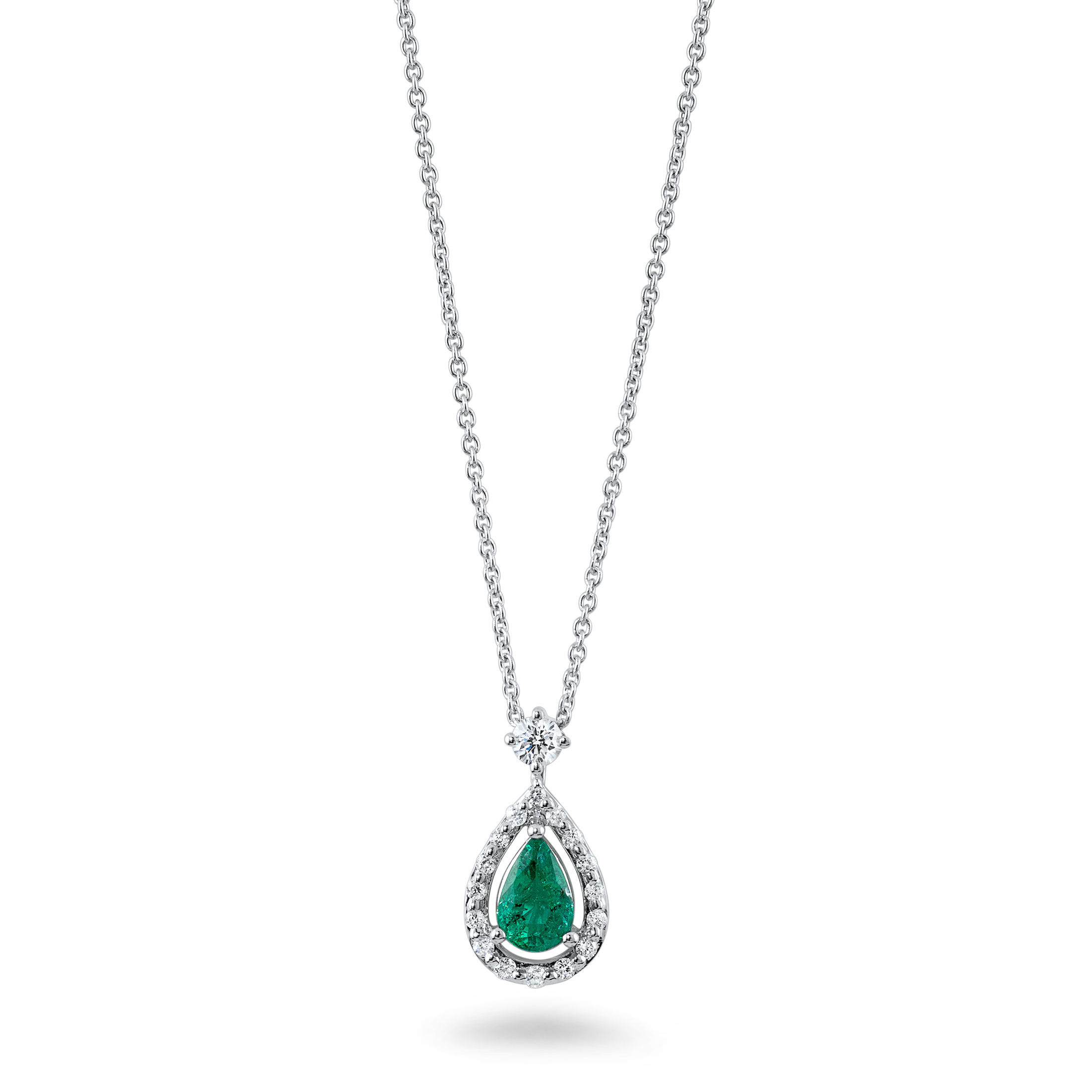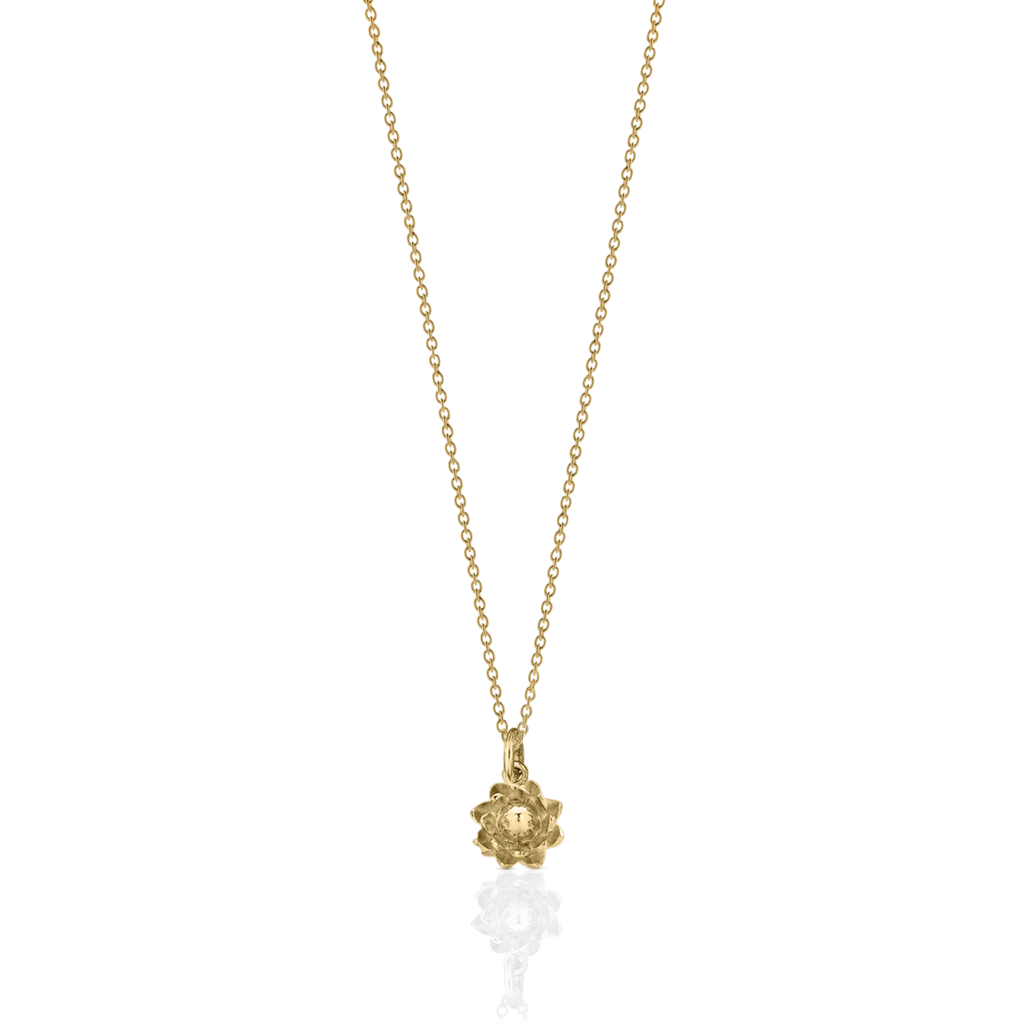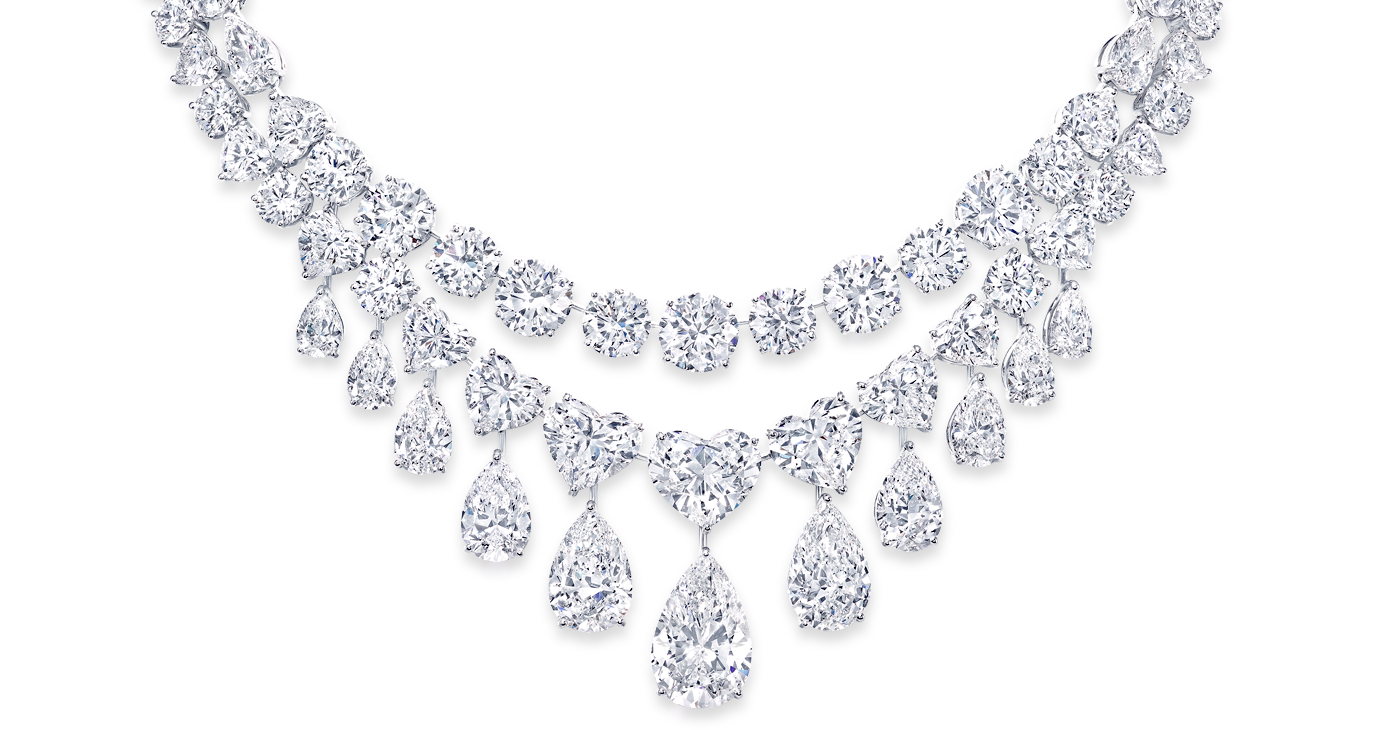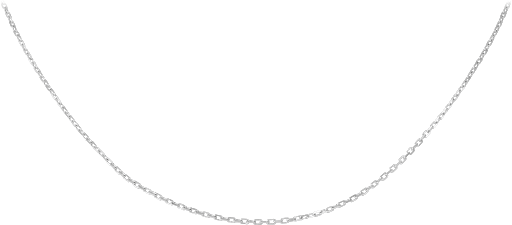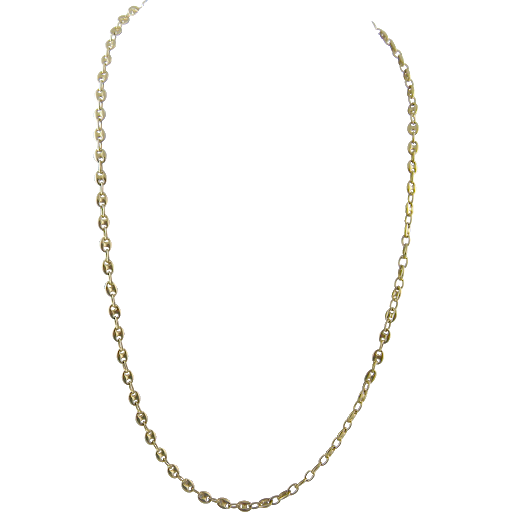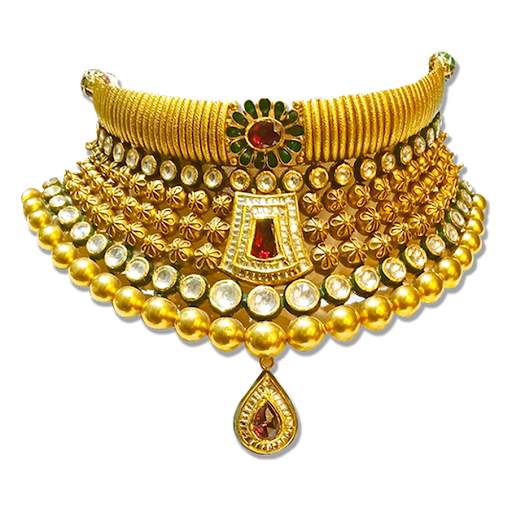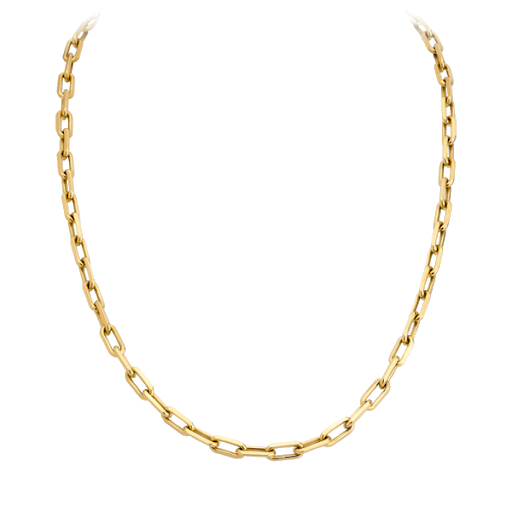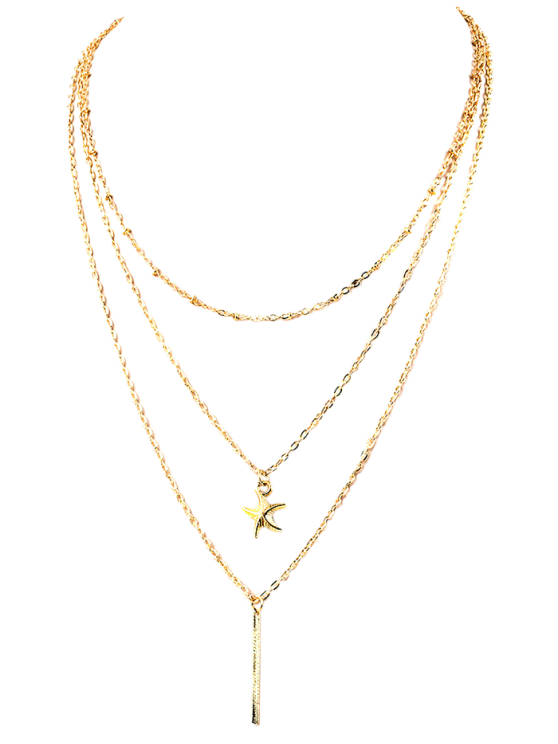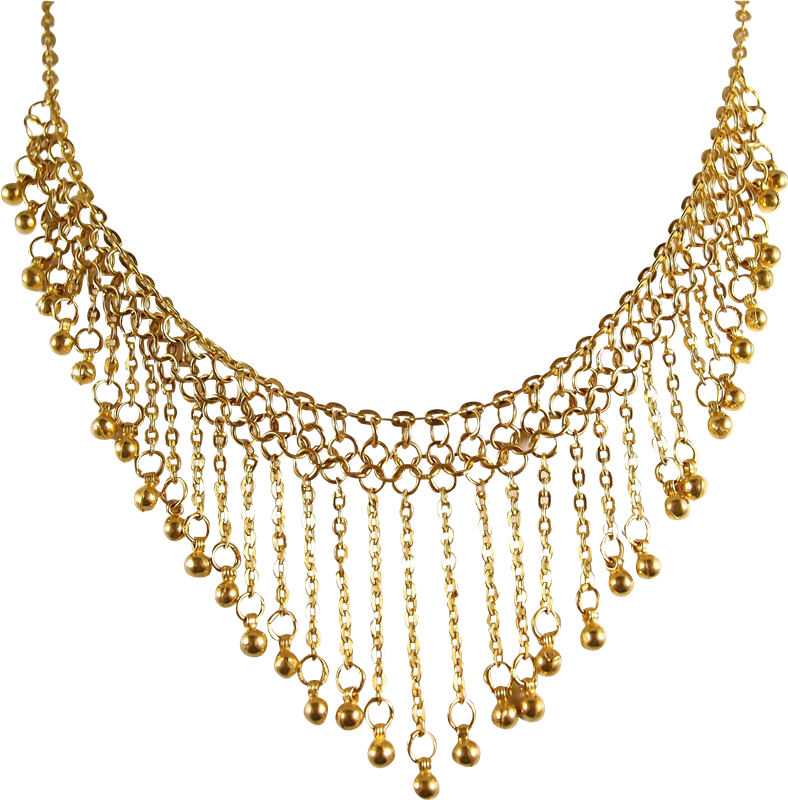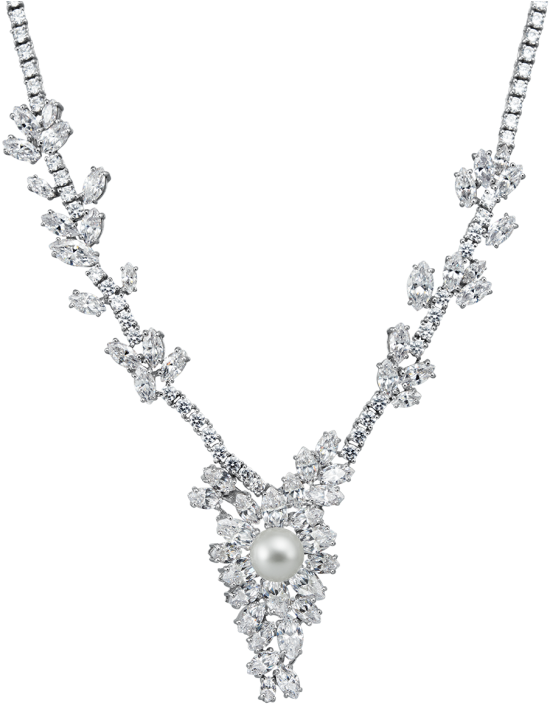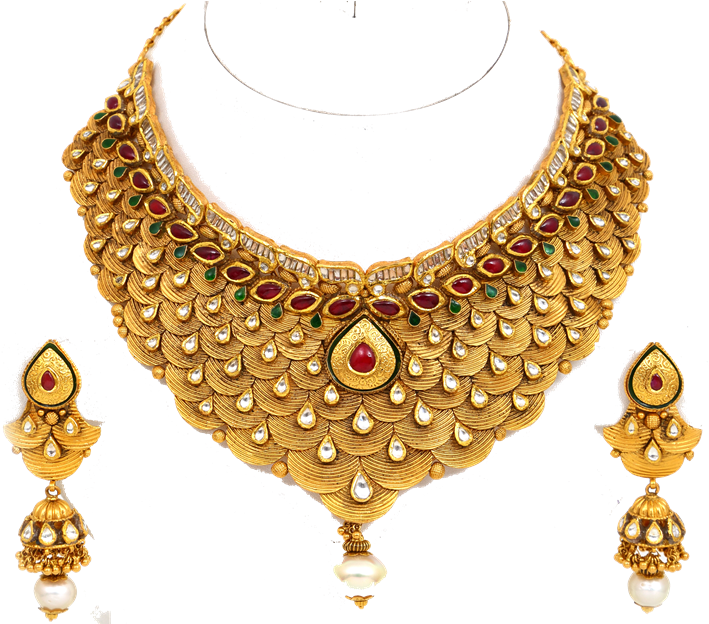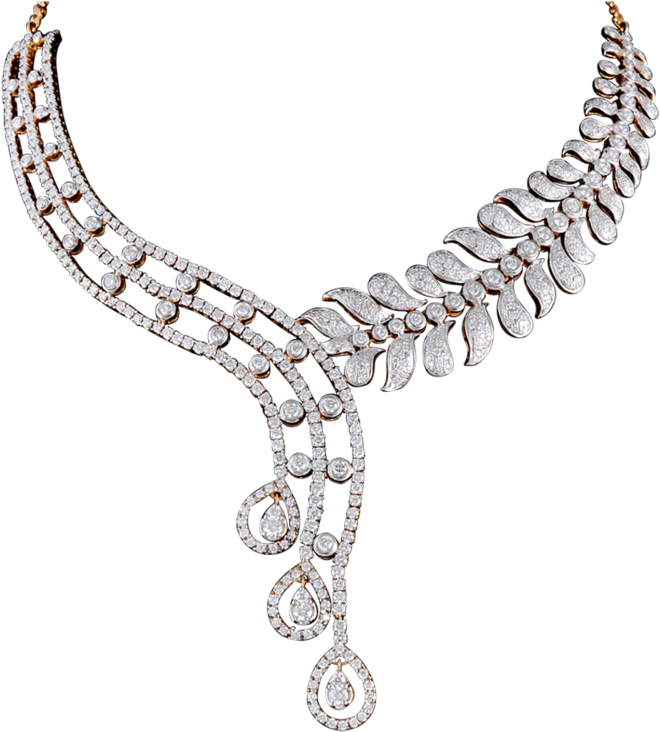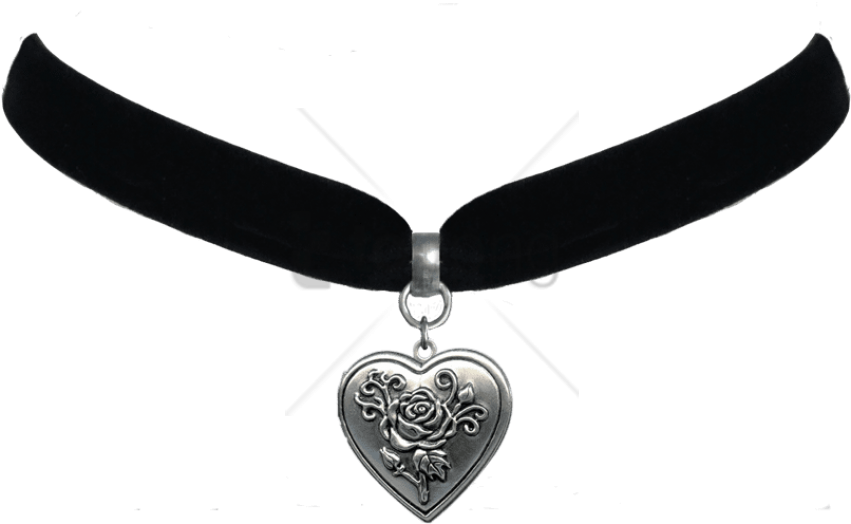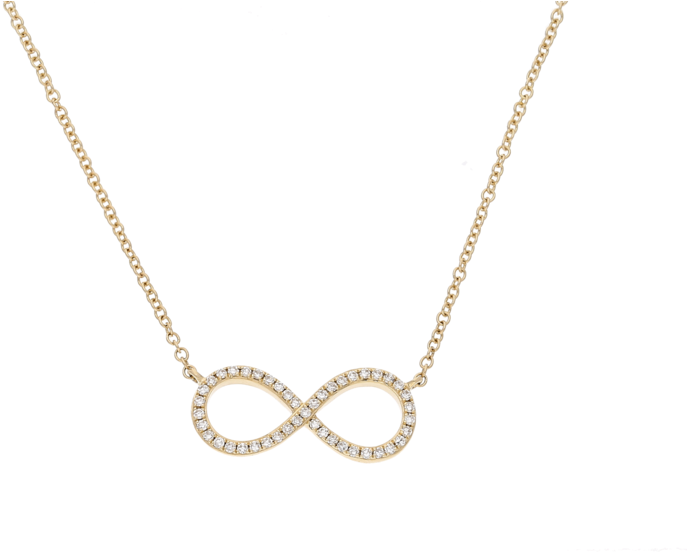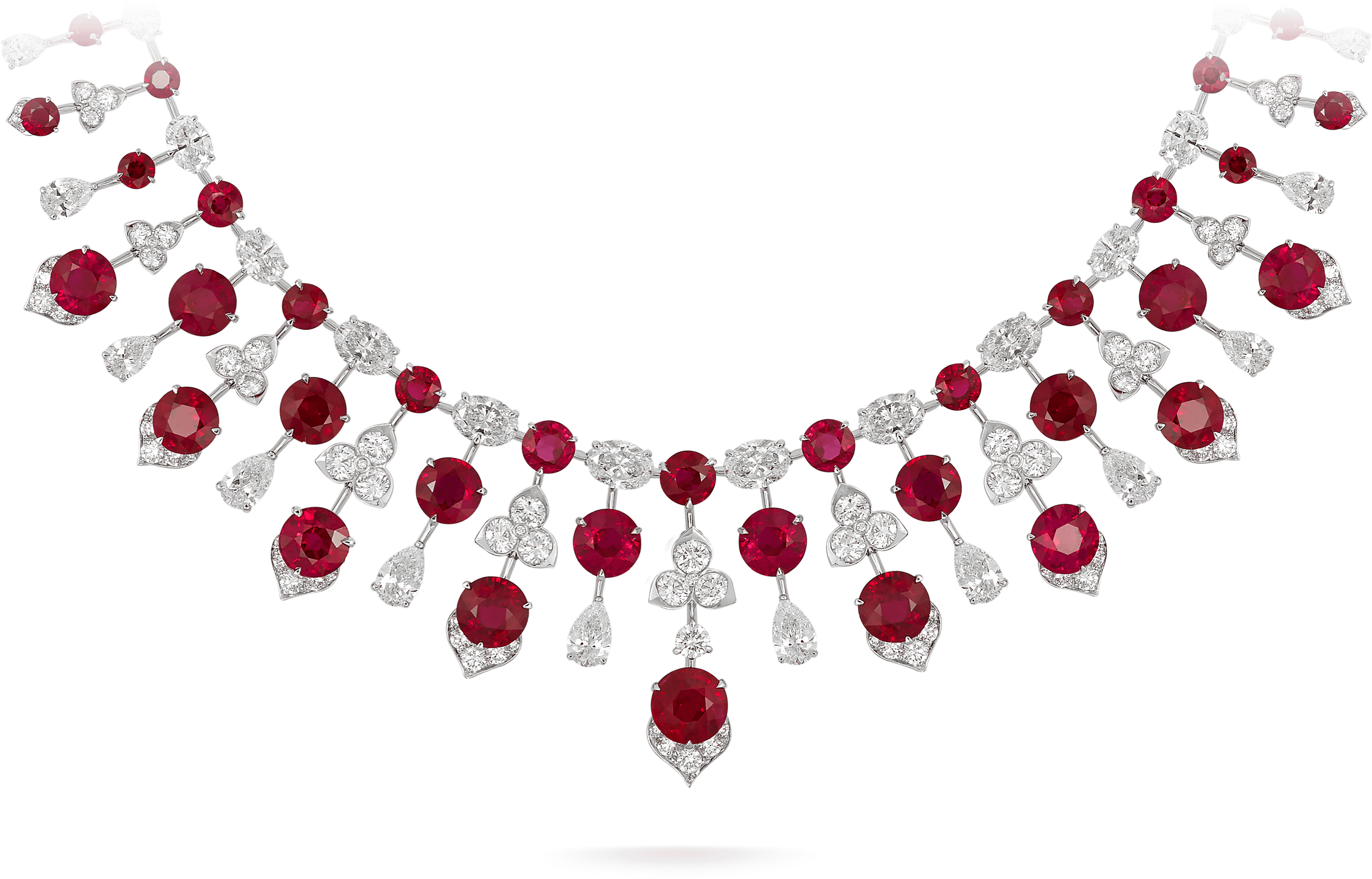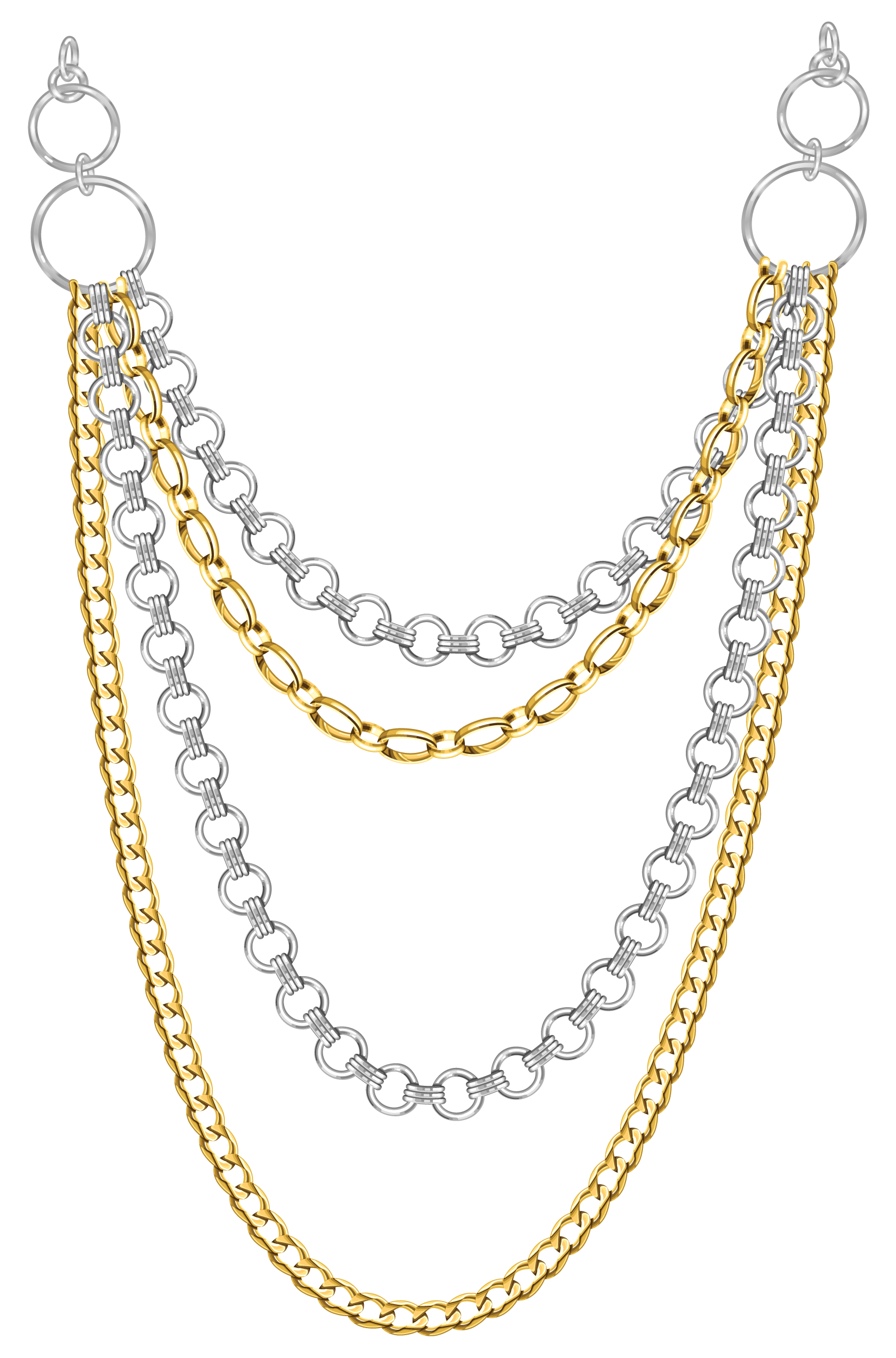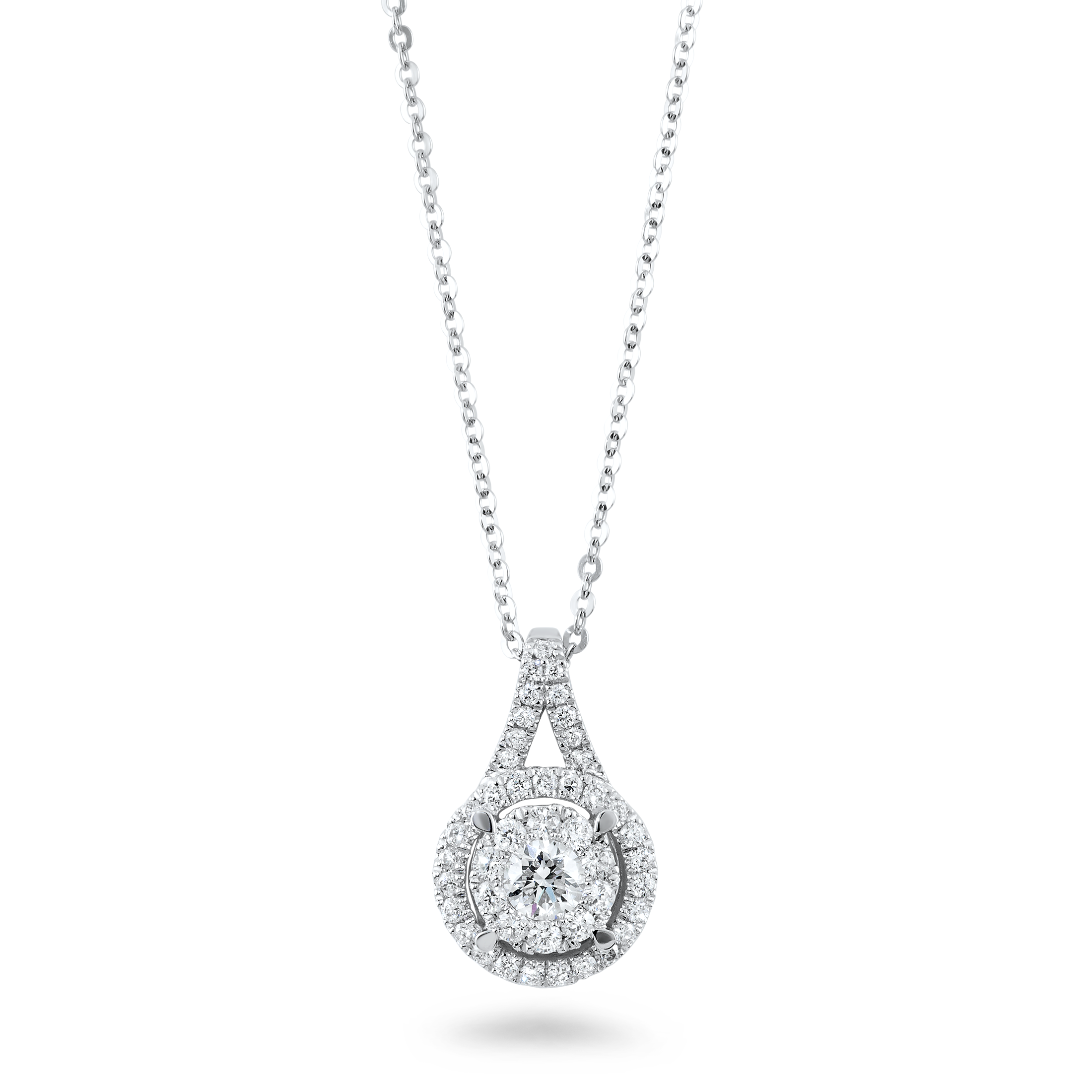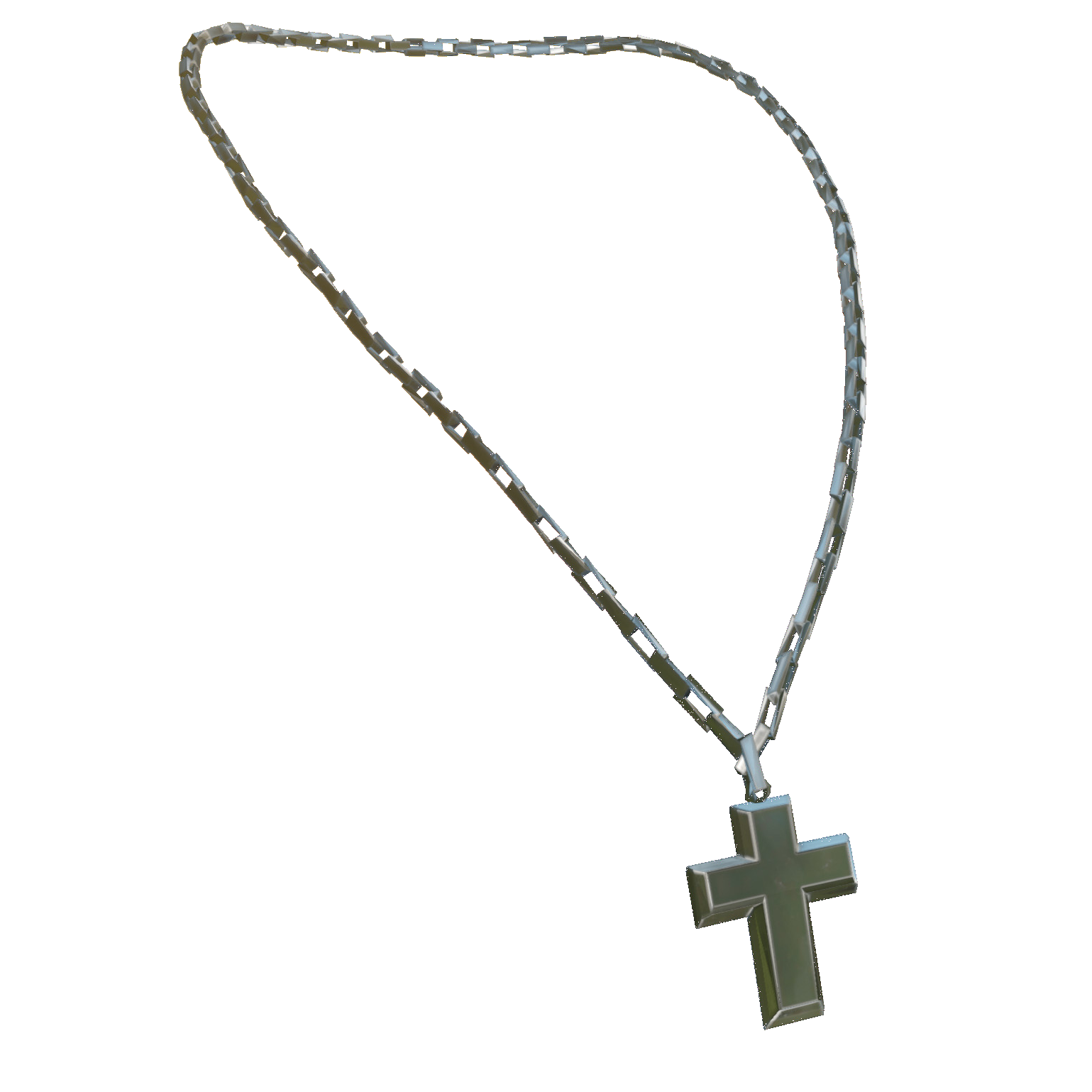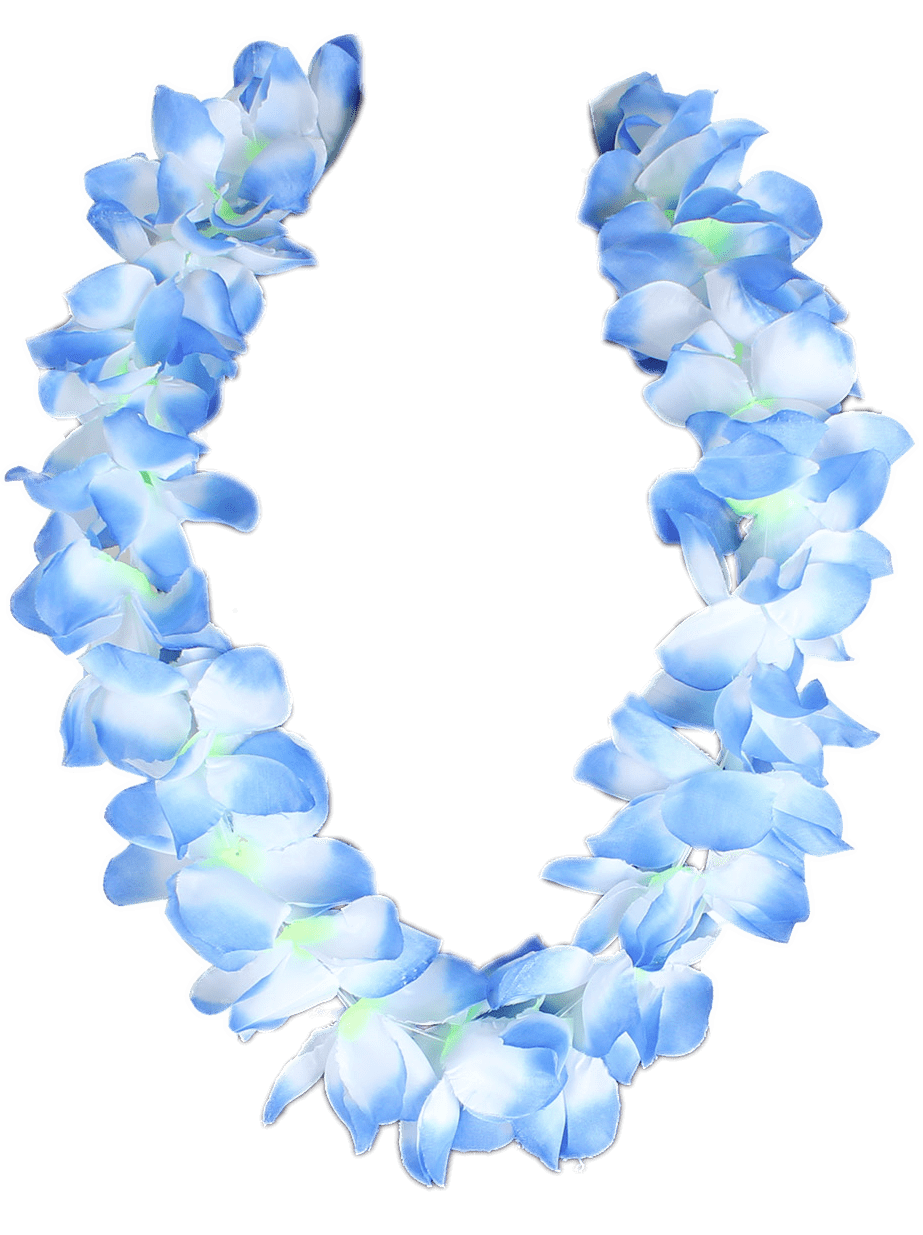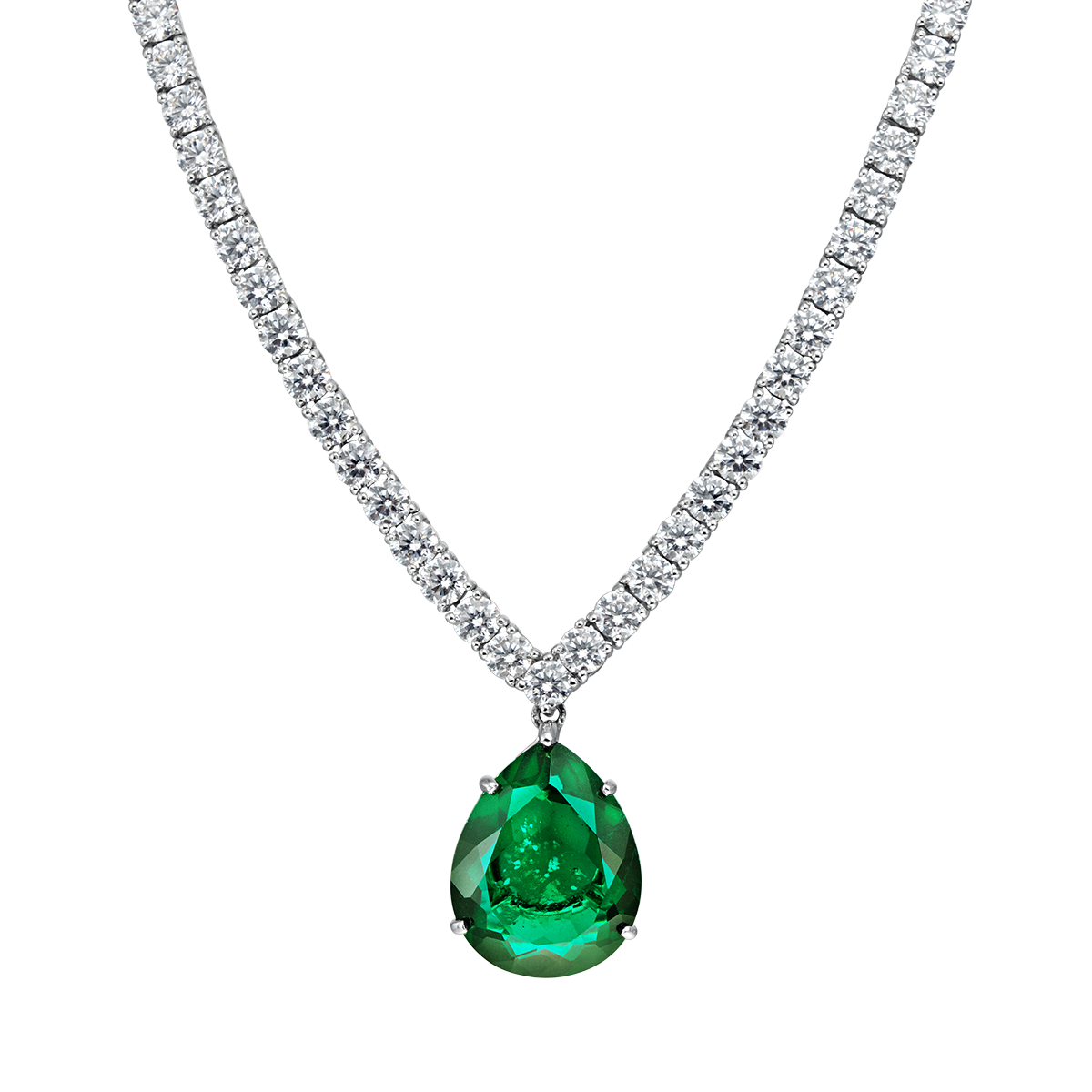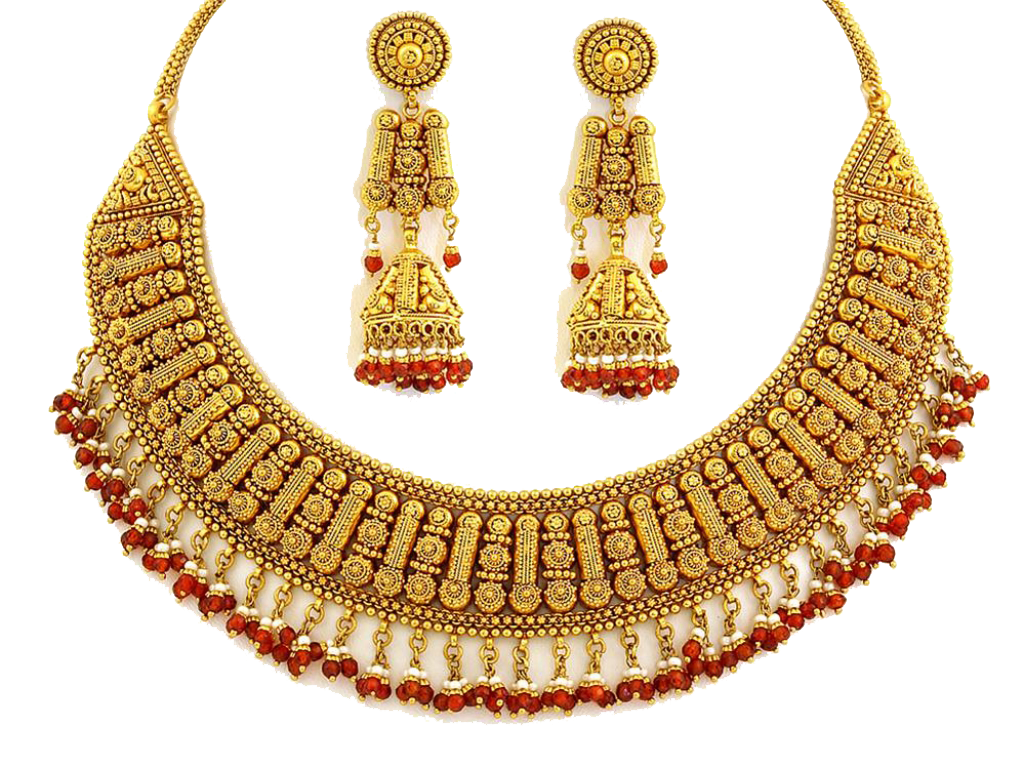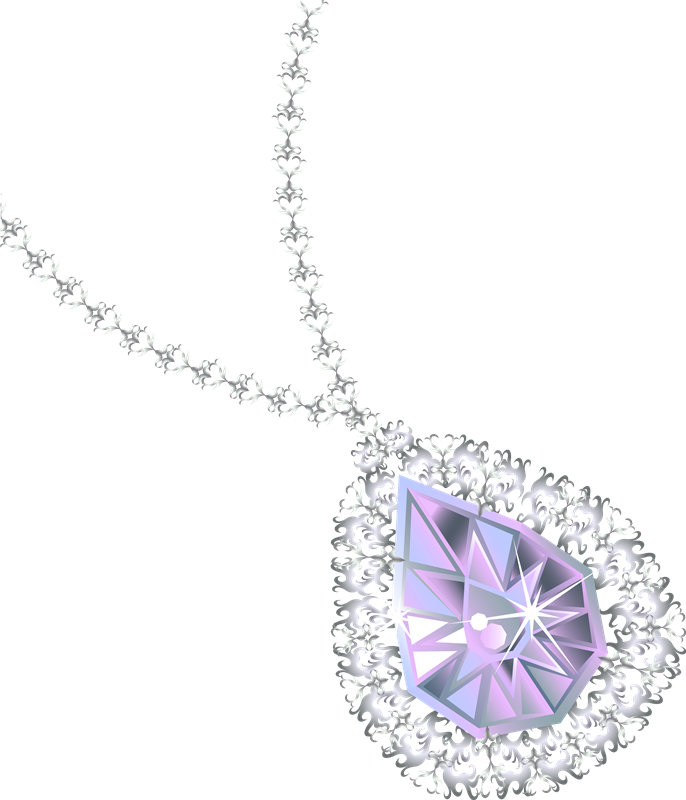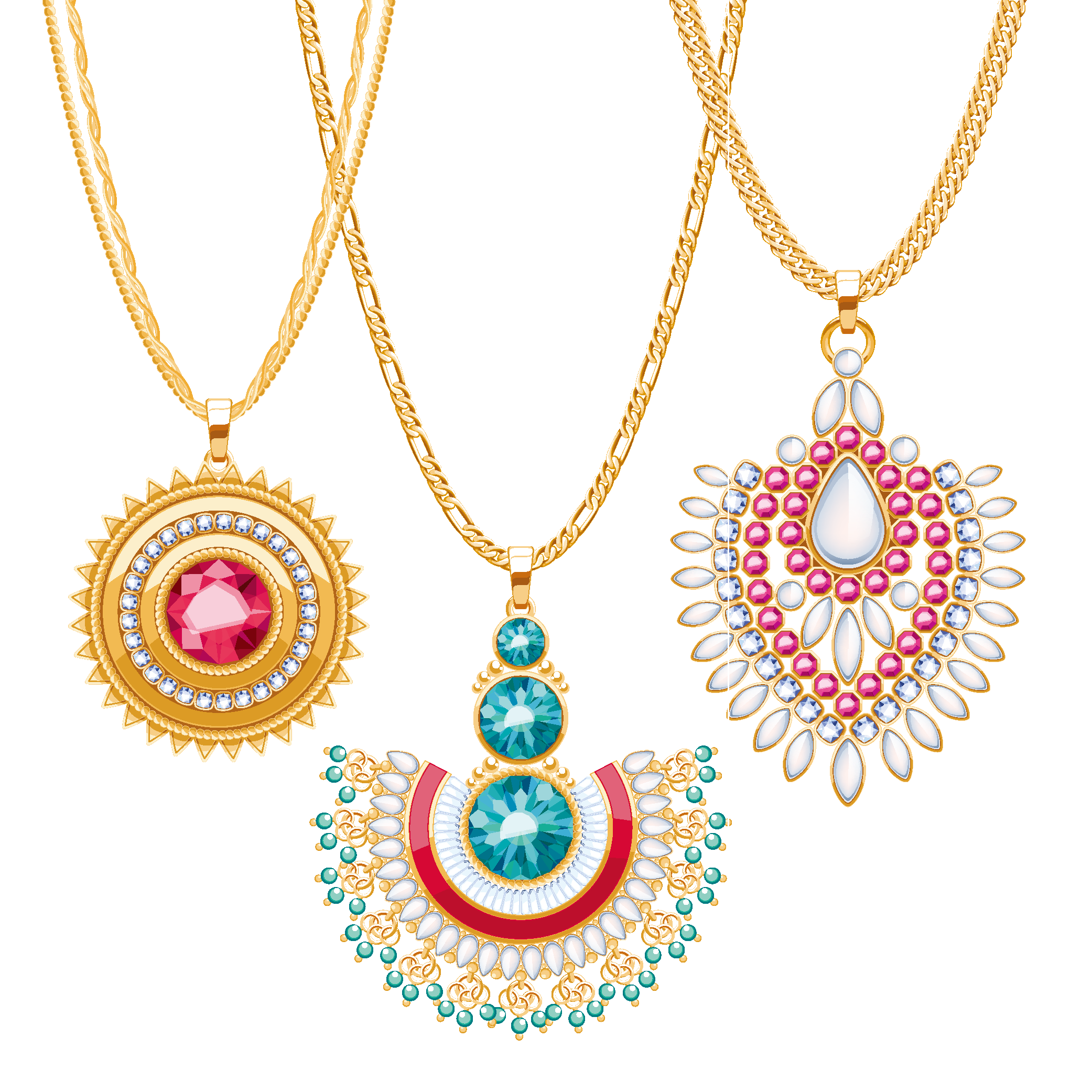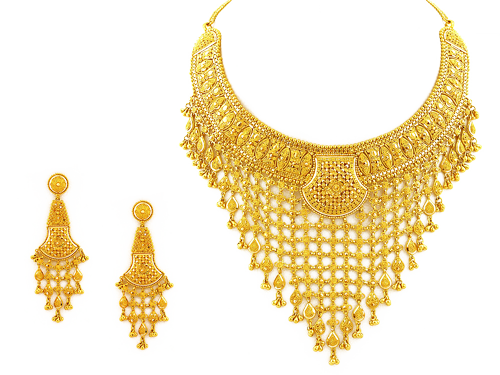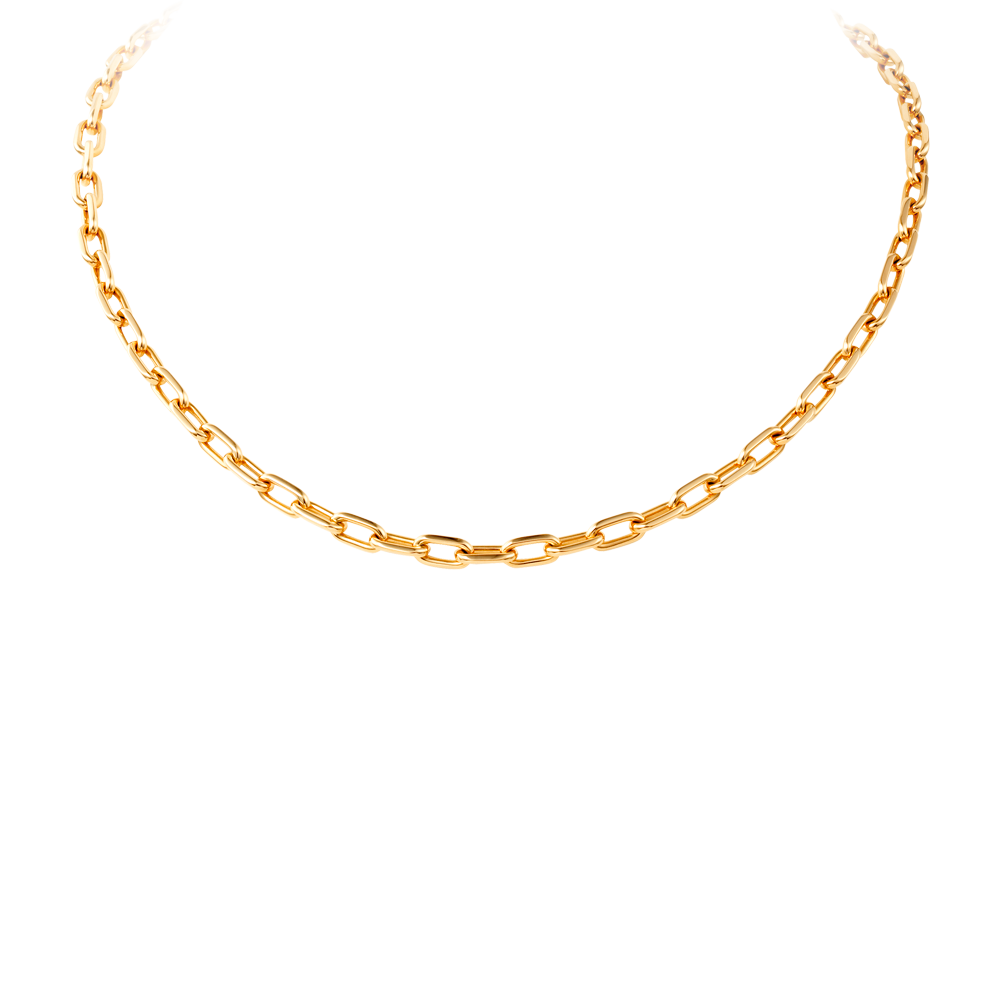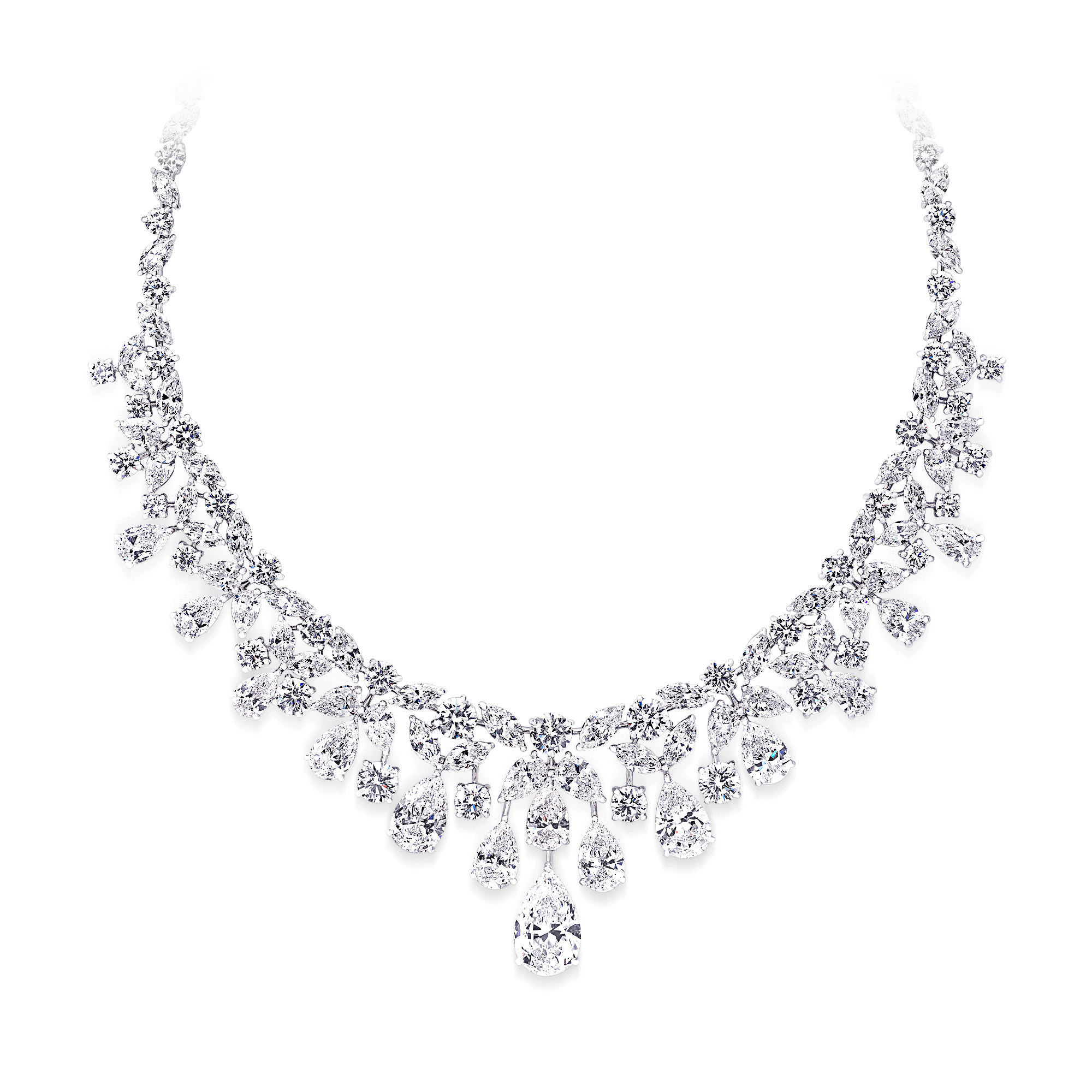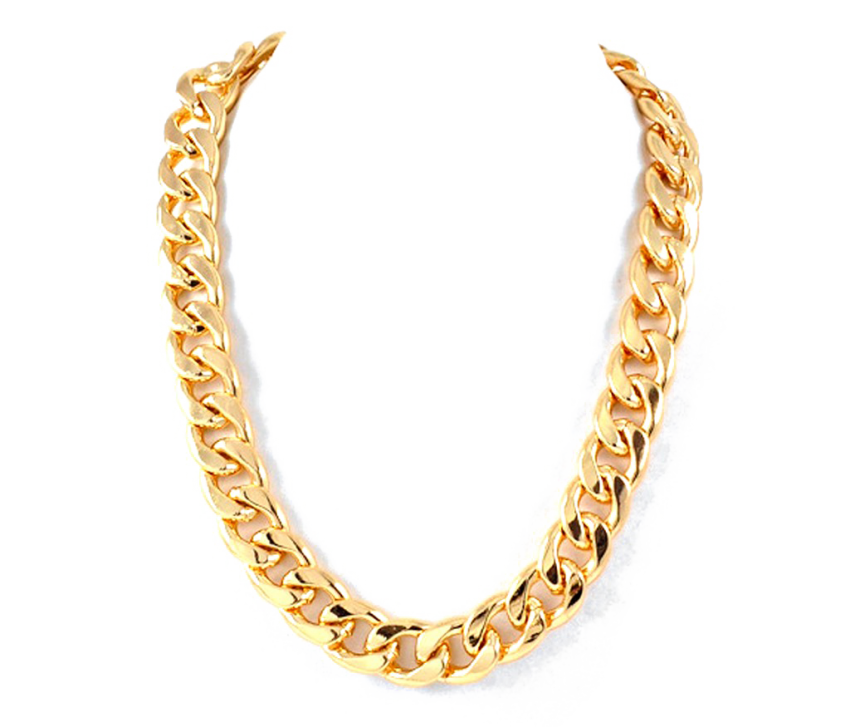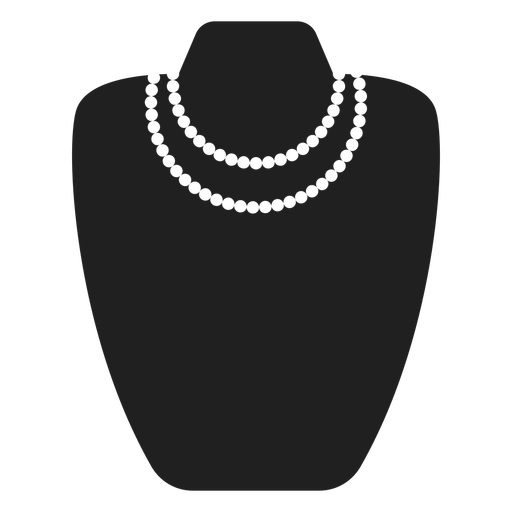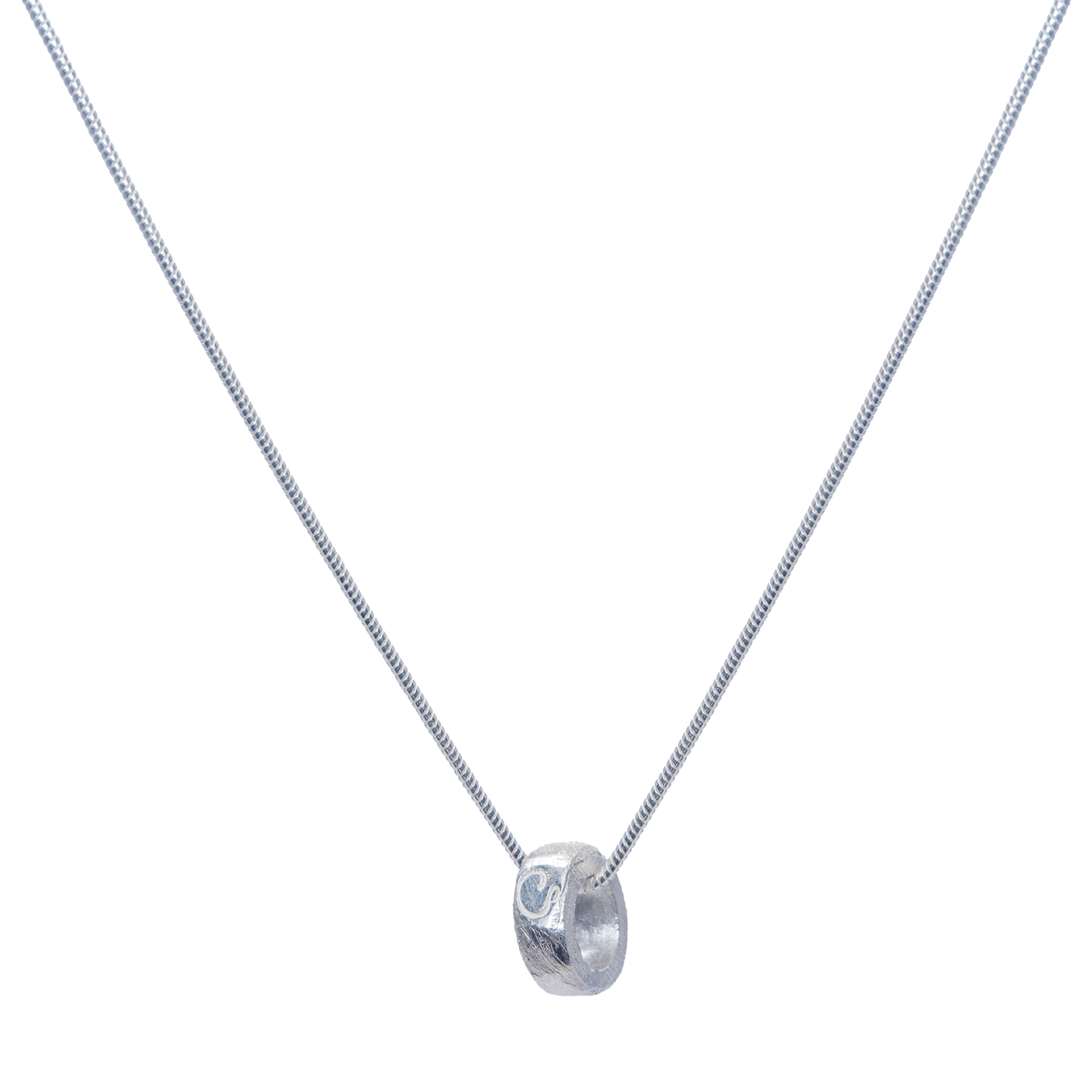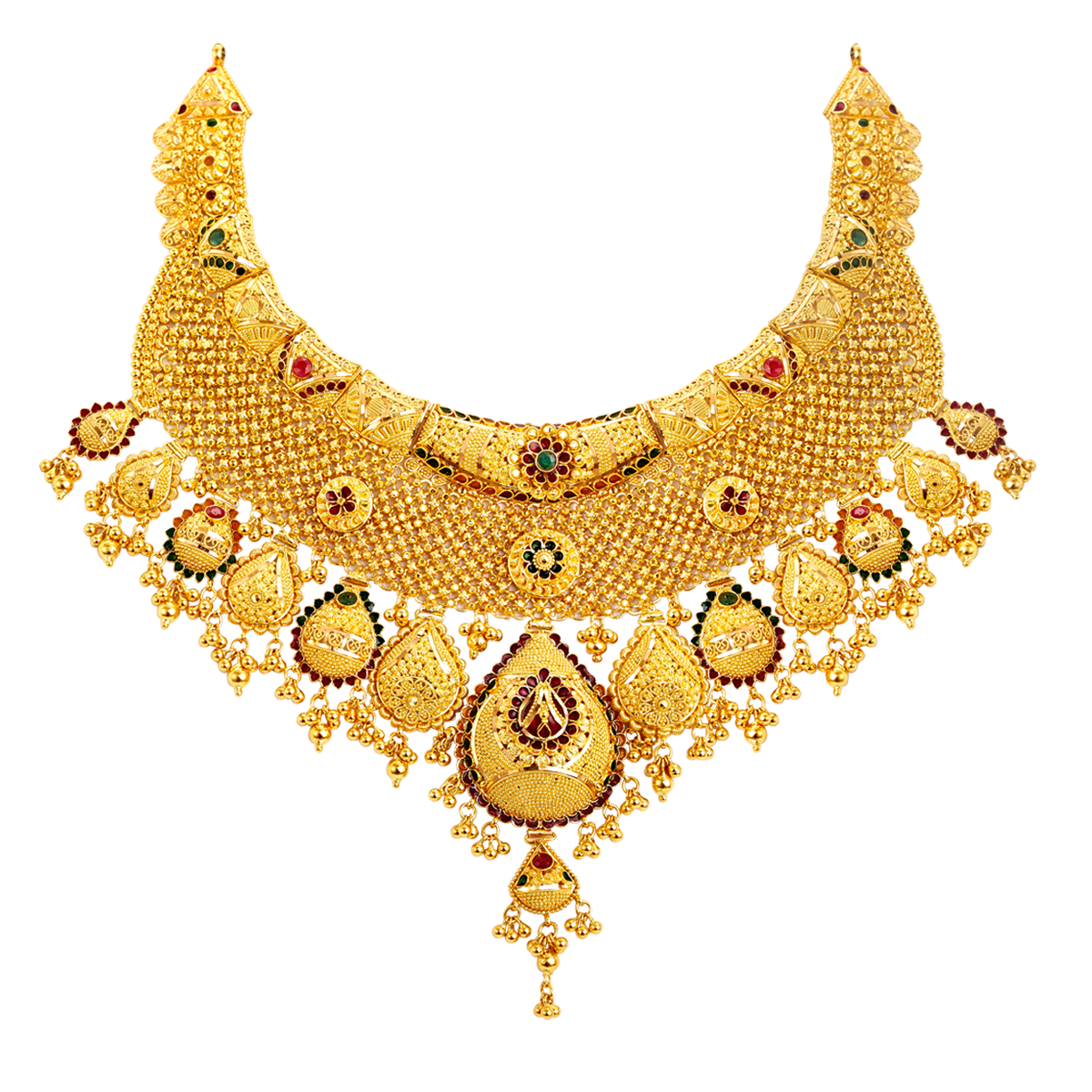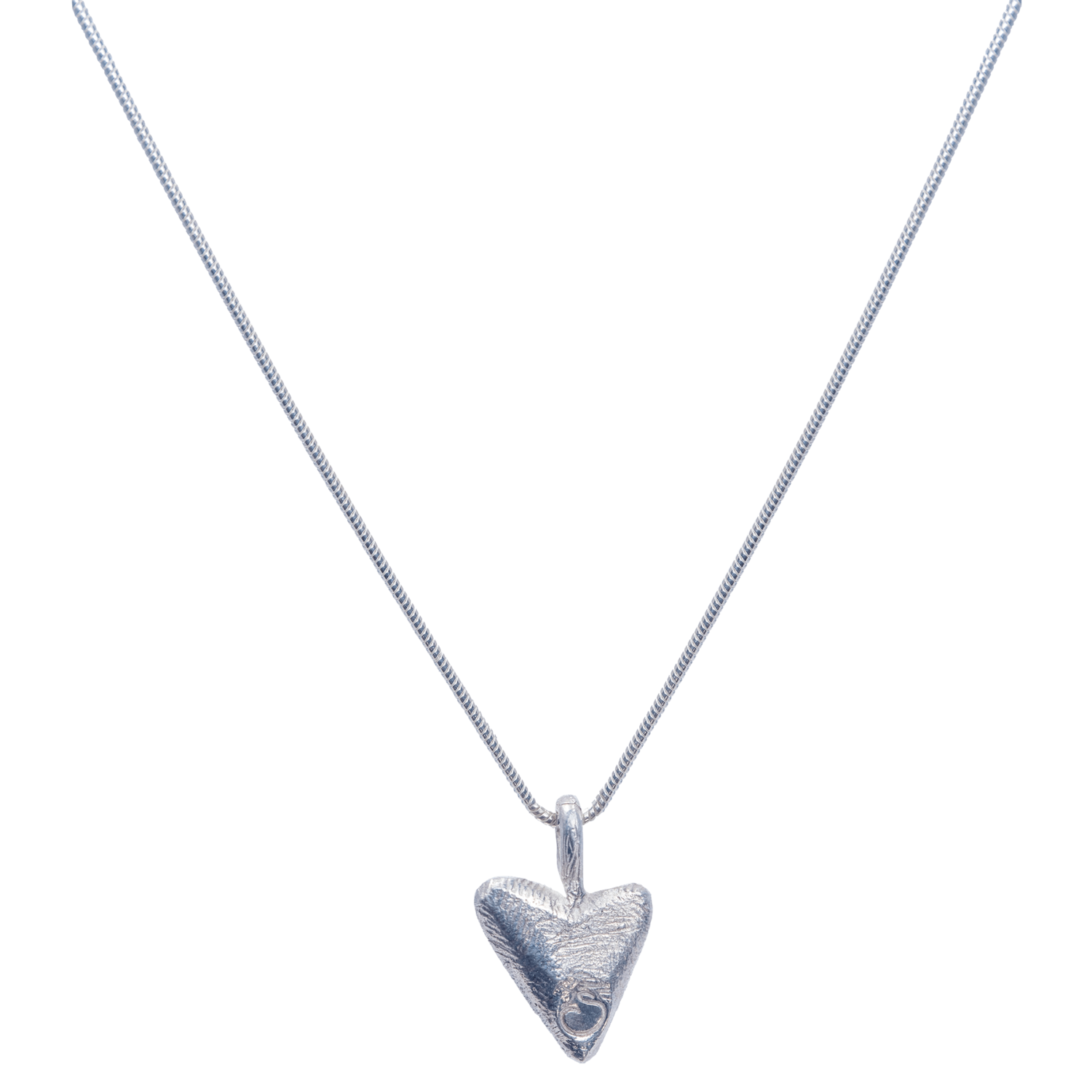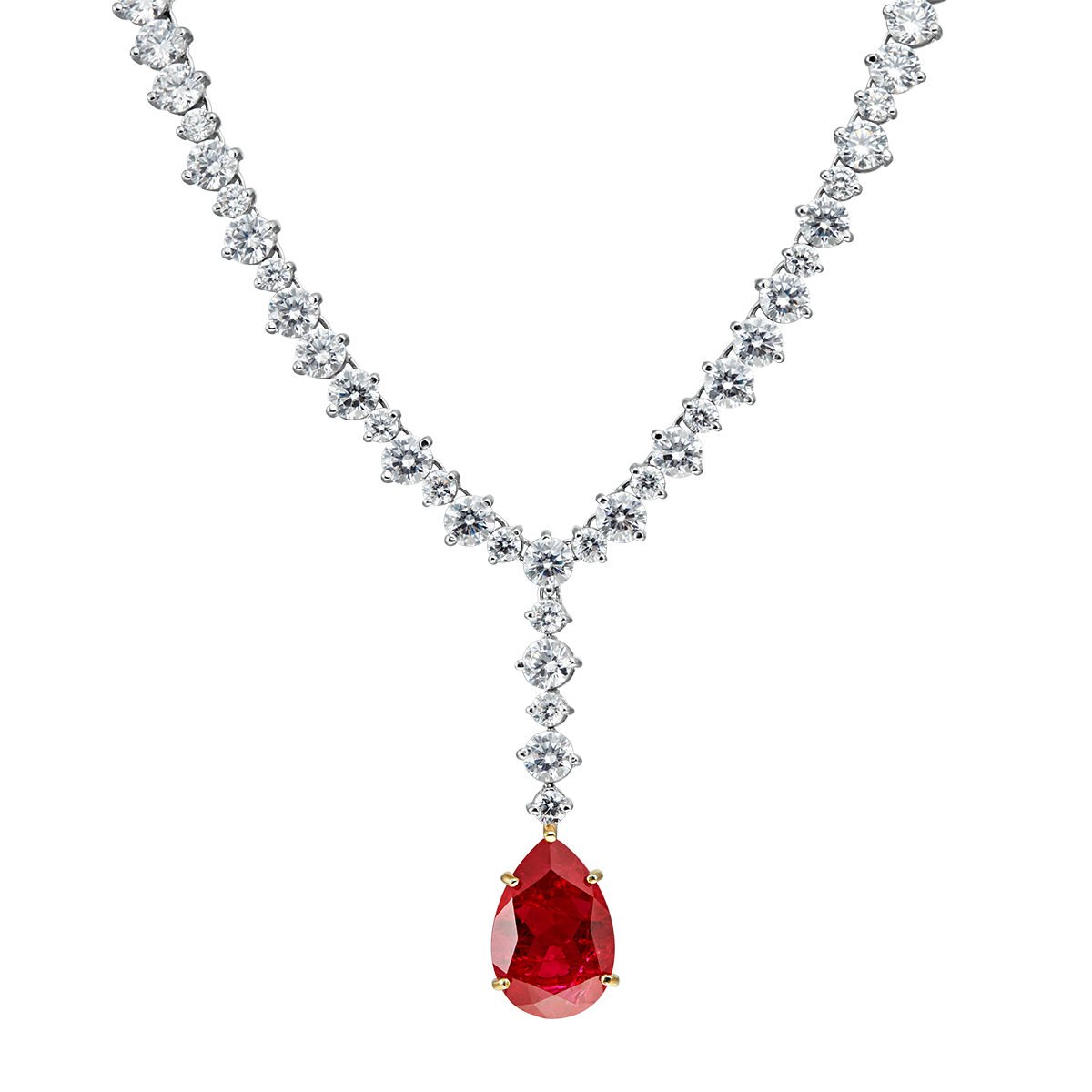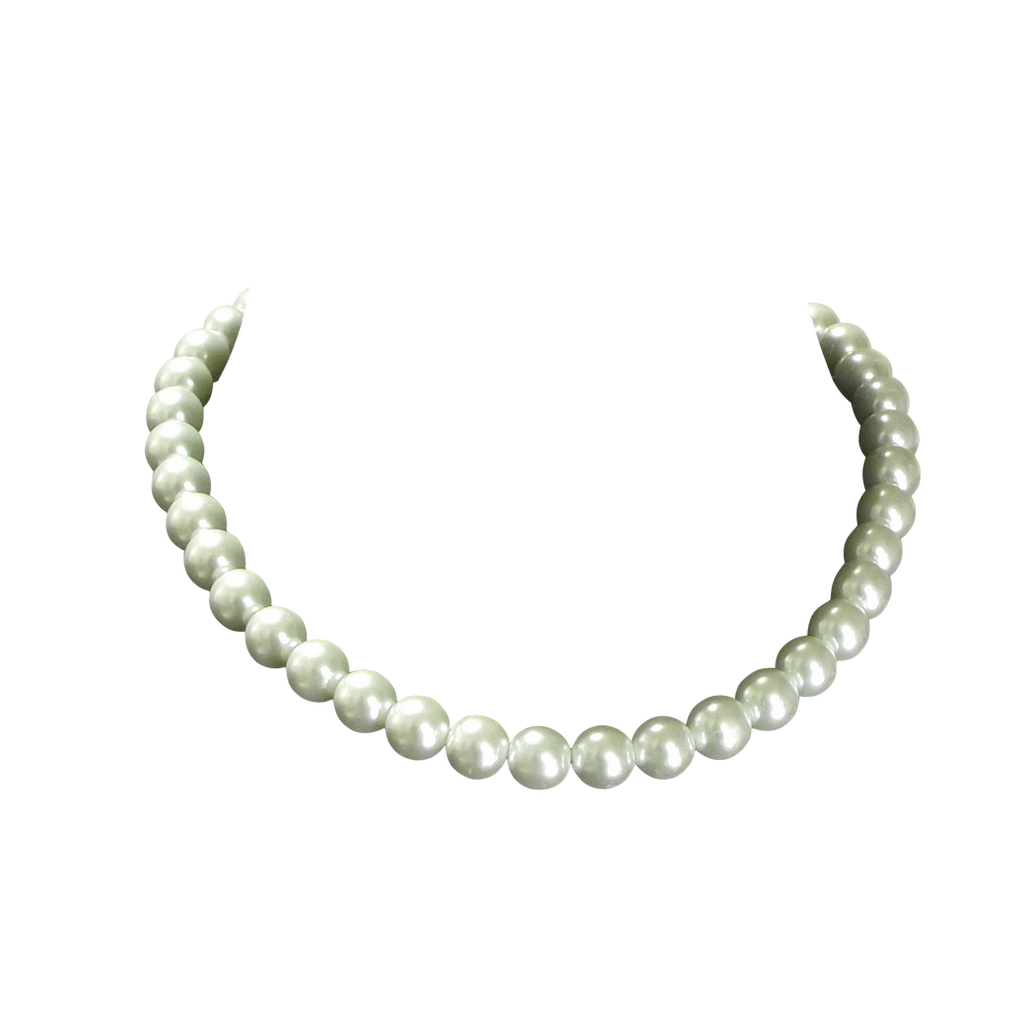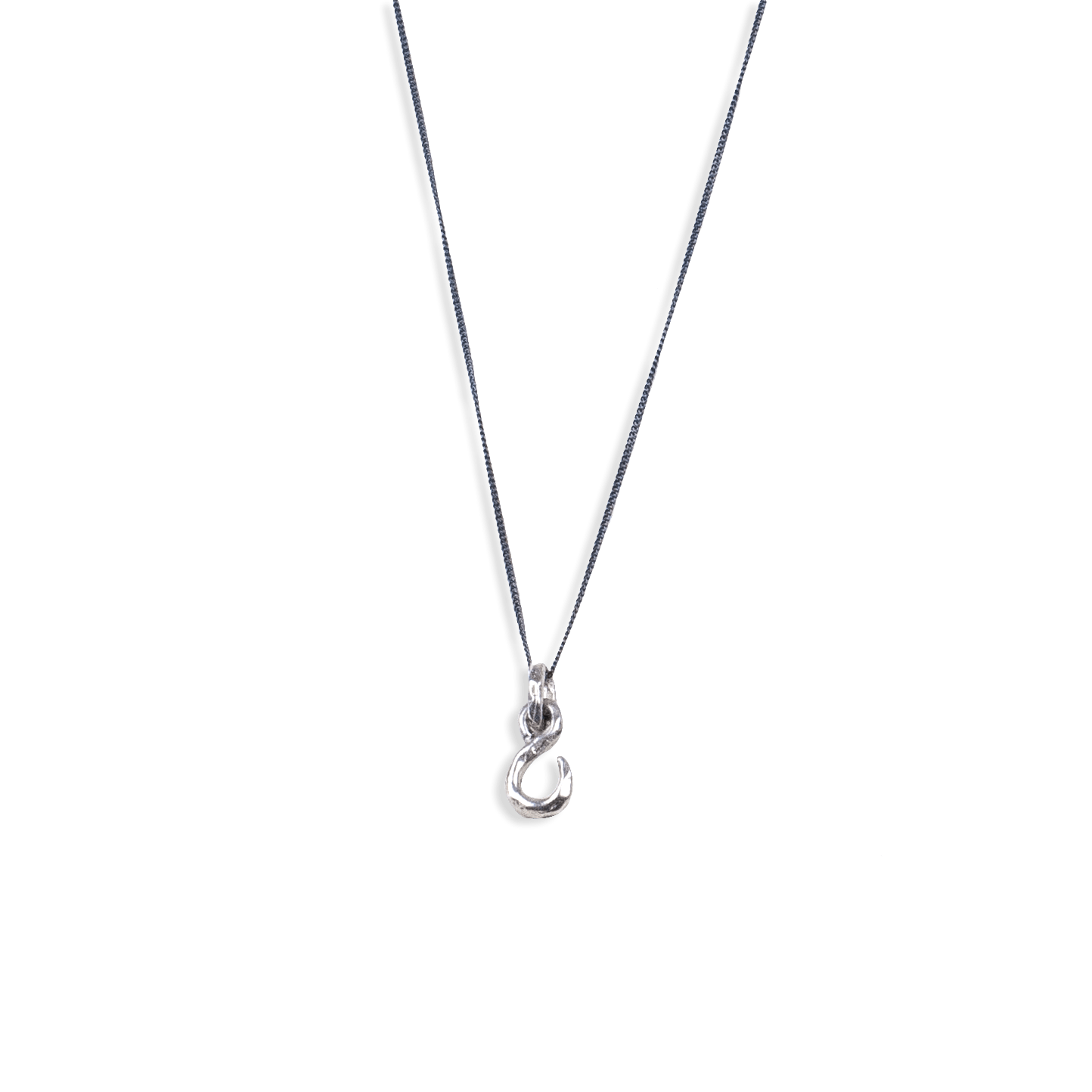Download top and best high-quality free Necklace PNG Transparent Images backgrounds available in various sizes. To view the full PNG size resolution click on any of the below image thumbnail.
License Info: Creative Commons 4.0 BY-NC
A necklace is an adornment worn around the neck. Necklaces may have been one of the first types of jewellery worn by humans. They are often used for ceremonial, religious, magical or funerary purposes and are also used as symbols of wealth and status, given that they are usually made of precious metals and stones.
The main component of a necklace is the band, chain or cord that wraps around the neck. These are most commonly found in precious metals such as gold, silver and platinum. Necklaces often have additional attachments that are hung or inserted into the necklace itself. These attachments typically include pendants, lockets, amulets, crosses, and precious and semi-precious materials such as diamonds, pearls, rubies, emeralds, garnets, and sapphires. They are made with many different type of materials and are used for many things, sometimes referred to as clothing.
In Ancient Mesopotamia, cylinder seals were often strung and worn as jewellery. In ancient Babylon, necklaces were made of carnelian, lapis lazuli, agate and gold, as well as gold chains. The ancient Sumerians created necklaces and beads from gold, silver, lapis lazuli and carnelian. In Ancient Egypt, there were a number of differences in the types of necklaces. Ancient Egyptians of the upper class wore collars made from organic or semi-precious and valuable materials for religious, festive and funeral purposes. These collars were often decorated with semi-precious stones, glass, ceramics and hollow beads. Beads from a variety of precious and semi-precious materials were also often strung together to create necklaces. Gold, which was modelled in stylized forms of plants, animals and insects, was also common. Amulets had also been turned into necklaces. In ancient Crete, necklaces were worn by all classes; the peasants wore stones on a linen thread, and the rich wore beads of agate, pearls, carnelian, amethyst, and rock crystal. Pendants in the shape of birds, animals and humans were also worn in addition to paste beads.
In Ancient Greece, exquisitely crafted gold necklaces were worn, crafted from repoussé and plaited gold wires. These necklaces were often decorated with blue or green enameled rosettes, animal figurines, or vase-shaped pendants, which were often decorated with fringes. It was customary to wear long gold chains with hanging cameos and small perfume vessels. New elements were introduced during the Hellenistic period; colored stones made it possible to create polychrome objects, and decorations with animal heads, finials and pendants in the form of spears or buds were suspended from chains. The ancient Etruscans used granulation to create granular gold beads strung with glass and faience beads to create colored necklaces. In ancient Rome, necklaces were one of the many types of jewellery worn by the Roman elite. Gold and silver necklaces are often adorned with foreign and semi-precious items such as amber, pearl, amethyst, sapphire and diamond.
Download Necklace PNG images transparent gallery.
- Necklace Locket PNG Free Image
Resolution: 2200 × 2200
Size: 615 KB
Image Format: .png
Download
- Necklace Locket PNG File
Resolution: 1024 × 1024
Size: 118 KB
Image Format: .png
Download
- Silver Necklace PNG Image
Resolution: 1400 × 730
Size: 703 KB
Image Format: .png
Download
- Necklace PNG File
Resolution: 512 × 225
Size: 18 KB
Image Format: .png
Download
- Necklace PNG HD Image
Resolution: 512 × 512
Size: 41 KB
Image Format: .png
Download
- Gold Necklace PNG Free Download
Resolution: 512 × 512
Size: 292 KB
Image Format: .png
Download
- Necklace PNG Pic
Resolution: 512 × 512
Size: 56 KB
Image Format: .png
Download
- Necklace
Resolution: 558 × 744
Size: 124 KB
Image Format: .png
Download
- Gold Necklace PNG Image
Resolution: 1842 × 1870
Size: 478 KB
Image Format: .png
Download
- Silver Necklace PNG
Resolution: 549 × 704
Size: 194 KB
Image Format: .png
Download
- Gold Necklace PNG Picture
Resolution: 709 × 624
Size: 599 KB
Image Format: .png
Download
- Silver Necklace Transparent
Resolution: 660 × 732
Size: 309 KB
Image Format: .png
Download
- Necklace PNG Download Image
Resolution: 851 × 524
Size: 194 KB
Image Format: .png
Download
- Necklace Locket PNG HD Image
Resolution: 687 × 553
Size: 77 KB
Image Format: .png
Download
- Necklace PNG High Quality Image
Resolution: 3075 × 1970
Size: 1224 KB
Image Format: .png
Download
- Necklace PNG Images
Resolution: 1650 × 2500
Size: 824 KB
Image Format: .png
Download
- Necklace Locket
Resolution: 2200 × 2200
Size: 815 KB
Image Format: .png
Download
- Necklace Locket PNG
Resolution: 1539 × 1539
Size: 300 KB
Image Format: .png
Download
- Necklace PNG
Resolution: 923 × 1235
Size: 286 KB
Image Format: .png
Download
- Necklace Locket PNG Image
Resolution: 1200 × 1200
Size: 437 KB
Image Format: .png
Download
- Gold Necklace
Resolution: 1025 × 768
Size: 986 KB
Image Format: .png
Download
- Necklace PNG Image
Resolution: 3006 × 3507
Size: 273 KB
Image Format: .png
Download
- Necklace Transparent
Resolution: 2083 × 2083
Size: 606 KB
Image Format: .png
Download
- Gold Necklace PNG
Resolution: 500 × 375
Size: 246 KB
Image Format: .png
Download
- Necklace PNG Clipart
Resolution: 1000 × 1000
Size: 138 KB
Image Format: .png
Download
- Silver Necklace
Resolution: 2000 × 2000
Size: 1705 KB
Image Format: .png
Download
- Necklace PNG Free Download
Resolution: 850 × 727
Size: 342 KB
Image Format: .png
Download
- Necklace PNG Picture
Resolution: 512 × 512
Size: 118 KB
Image Format: .png
Download
- Necklace Locket Transparent
Resolution: 1500 × 1500
Size: 310 KB
Image Format: .png
Download
- Gold Necklace Transparent
Resolution: 1200 × 1200
Size: 1365 KB
Image Format: .png
Download
- Necklace Locket PNG Clipart
Resolution: 1500 × 1500
Size: 336 KB
Image Format: .png
Download
- Necklace Locket PNG Free Download
Resolution: 1200 × 1200
Size: 341 KB
Image Format: .png
Download
- Necklace PNG Free Image
Resolution: 1024 × 1024
Size: 287 KB
Image Format: .png
Download
- Gold Necklace PNG Clipart
Resolution: 1000 × 1000
Size: 232 KB
Image Format: .png
Download
- Necklace Locket PNG Picture
Resolution: 1444 × 1444
Size: 47 KB
Image Format: .png
Download
